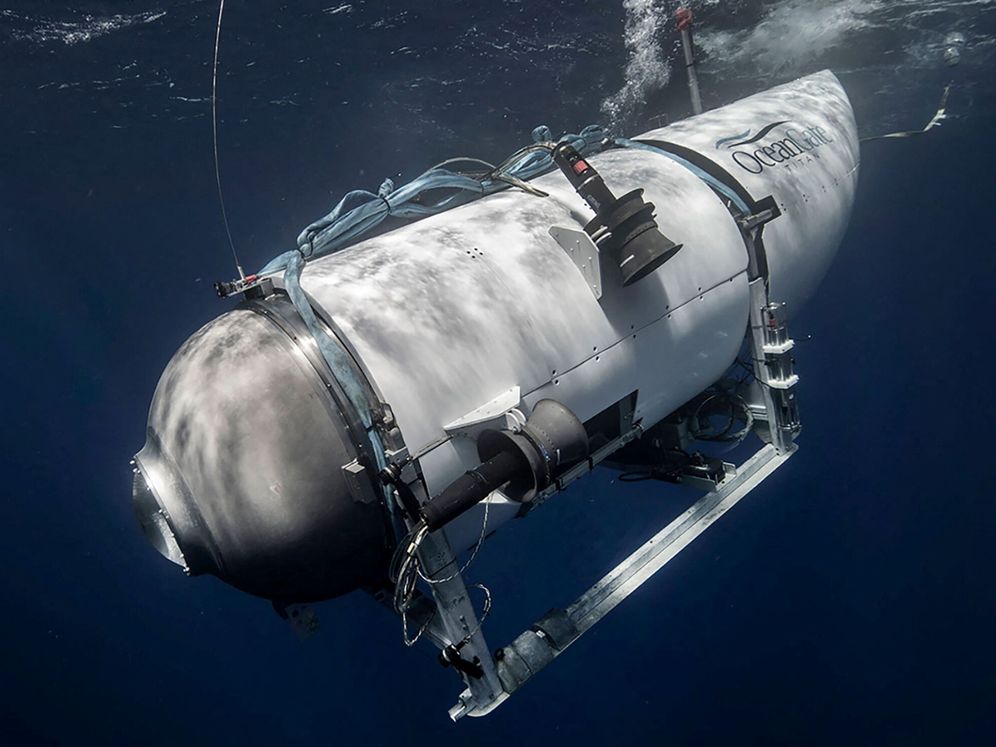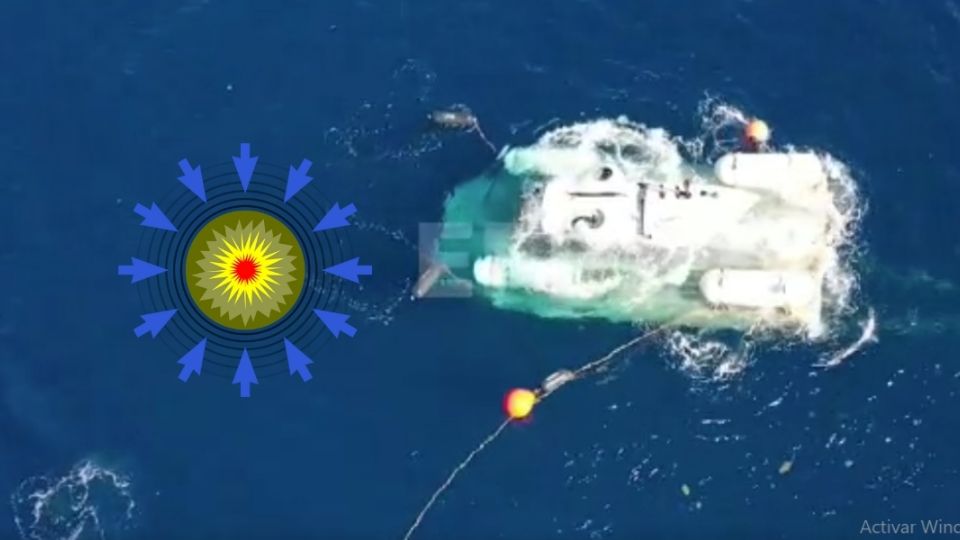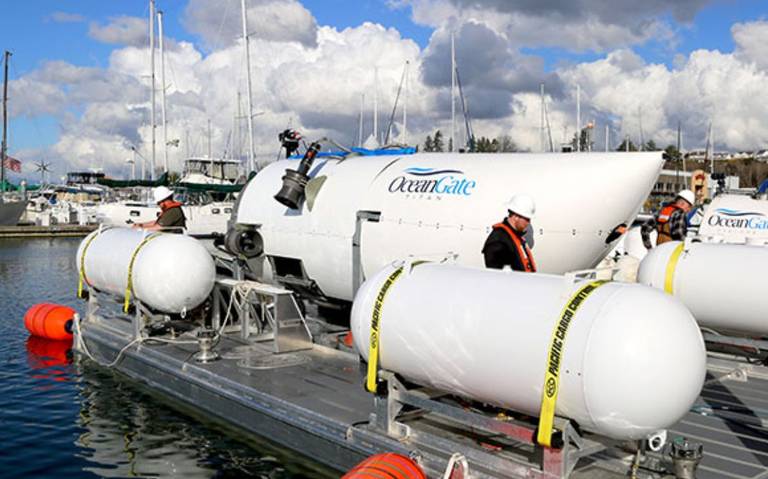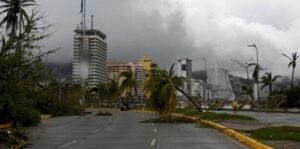
Crushing Water Pressure at the Ocean Floor as a Cause of Implosion
The remains of the Titan submarine lie on the seabed of the North Atlantic, at a depth of 3,800 meters. At this depth, the water pressure is 400 times higher than that of the sea surface, equivalent to a level of about 400 bars. To put it in perspective, the bite of a great white shark exerts a force of nearly 275 bars, according to Scientific American.
When an implosion occurs in a submarine, either due to a defect in its hull or other reasons, the structure quickly collapses under the immense pressure of the water. This collapse occurs in a matter of milliseconds, crushing the vessel in on itself.
The death of the occupants would be virtually instantaneous in such circumstances.

The Titan submarine, built by OceanGate Inc. of Everett, Washington, was specifically designed to withstand extreme water pressure in the depths where the Titanic is located. Previously, he had made successful dives in the remains of the famous ocean liner.
However, questions had been raised about the vessel’s safety, particularly in the wake of a lawsuit filed by OceanGate’s former director of marine operations, David Lochridge. Lochridge was fired in 2018 after warning about using an “experimental” carbon fiber hull on the Titan submarine.
Roderick Smith, professor of engineering at Imperial College London, suggested the accident was possibly due to a “pressure hull failure”. However, it will be necessary to recover the wreckage of the submarine to carry out a thorough investigation and determine with certainty the cause of the incident.
Even with the wreckage available, it can be difficult to establish the exact sequence of events due to the violence of the implosion.

What is a Deep Sea Implosion??
“Deep sea implosions” are enigmatic phenomena that occur in the depths of the oceans. These events are characterized by the rapid and violent compression of water due to drastic changes in environmental pressure. Unlike explosions that occur at the surface, where materials expand and disperse, implosions generate an inward collapse.
Causes and Processes Behind an Implosion
Implosions in the deep sea can be triggered for several reasons. One of them is the presence of objects submerged at great depth, such as submarines or marine structures, which when subjected to extreme pressure can suddenly collapse. Likewise, sudden changes in atmospheric pressure or the passage of seismic shock waves can also trigger implosions.
When an implosion occurs, the surrounding water is violently compressed into the area of lower pressure. This causes the formation of a gas or vapor bubble, known as a cavitation cavity. As the cavity expands, the pressure inside it decreases further, generating a suction force. Ultimately, this force pulls water in with such intensity that it creates implosive collapse that can generate shock waves and turbulence.
Impact on Marine Fauna and Environment
Implosions in the deep sea can have significant effects on marine life and the underwater ecosystem. The sudden release of energy during an implosion can damage the internal organs of nearby marine animals and cause changes in their behavior. In addition, the shock waves and turbulence generated can adversely affect sensitive marine organisms, such as corals and algae.
Importance of Scientific Research
Understanding implosions in the deep sea is critical for scientists studying the oceans. These events can provide valuable insights into the effects of extreme pressure on materials and living things. In addition, investigating implosions can help improve the design and strength of submerged structures, such as submarines and oil rigs, to avoid catastrophic collapses.
For more articles like this, click here









